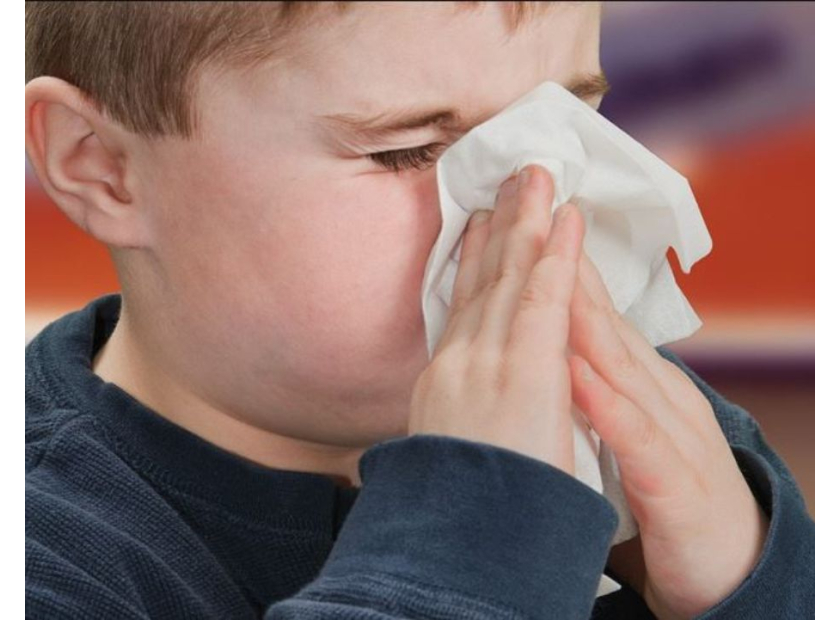Human Metapneumovirus
Another respiratory virus of concern. Common, yet underdiagnosed...
Every year we anticipate the rounds of respiratory syncytial virus (RSV), influenza, and now Covid-19; but there is a lesser-known culprit of seasonal respiratory infections.
Human metapneumovirus (HMPV) is a negative-sense single-stranded virus from the family Pneumoviridae and the second most common cause of lower respiratory infection in young children, after RSV.(1) HMPV is a newly discovered virus, first detected in 2001 by scientists in the Netherlands.(2) Genetic analysis shows that HMPV is most similar to type C of avian metapneumovirus. Based on Bayesian estimates, human metapneumovirus may have emerged 119-133 years ago, diverting from avian metapneumovirus around 1800.(1)
Human metapneumovirus follows a seasonal pattern similar to RSV and influenza, occurring during late winter through spring. Serologic studies indicate that worldwide, all children are exposed to HMPV by the age of five.(1) The risk of severe disease is highest in immunocompromised individuals, premature infants, and adults older than 65. The virus does its damage by infecting airway epithelial cells. Symptoms of HMPV include cough, nasal congestion, fever, and shortness of breath. These symptoms can progress to pneumonia or bronchitis in severe cases. HMPV infections can be confirmed with PCR assays or detection of viral antigens in respiratory secretions using immunofluorescence or enzyme immunoassay.(3)
There is currently no treatment for human metapneumovirus other than supportive care for symptoms, but the illness usually clears up on its own in healthy individuals. Over-the-counter medications such as ibuprofen, acetaminophen, and decongestants may be used for any fever or discomfort. Inhaled corticosteroids may be prescribed to patients with severe cases of HMPV.(2) Moderna is currently in Phase 1 of clinical trials for an HMPV vaccine. Early results show that the vaccine is well tolerated at all dose levels after two months, and that the vaccine provokes an immune response that boosts production of neutralizing antibodies.(4)
The spread of HMPV is facilitated by close personal contact, coughing, sneezing, or touching of the mouth, eyes, or nose after contact with a contaminated surface. The CDC recommends washing hands often, avoiding touching the face, and avoiding contact with sick individuals. Those experiencing symptoms should cover their mouth and nose when sneezing or coughing, avoid sharing cups and utensils with others, wash their hands frequently, and stay home.(3) Lastly, during winter and spring, healthcare professionals should consider the likelihood of an HMPV infection and test accordingly.
By Alexandra Lopez
Business development associate







